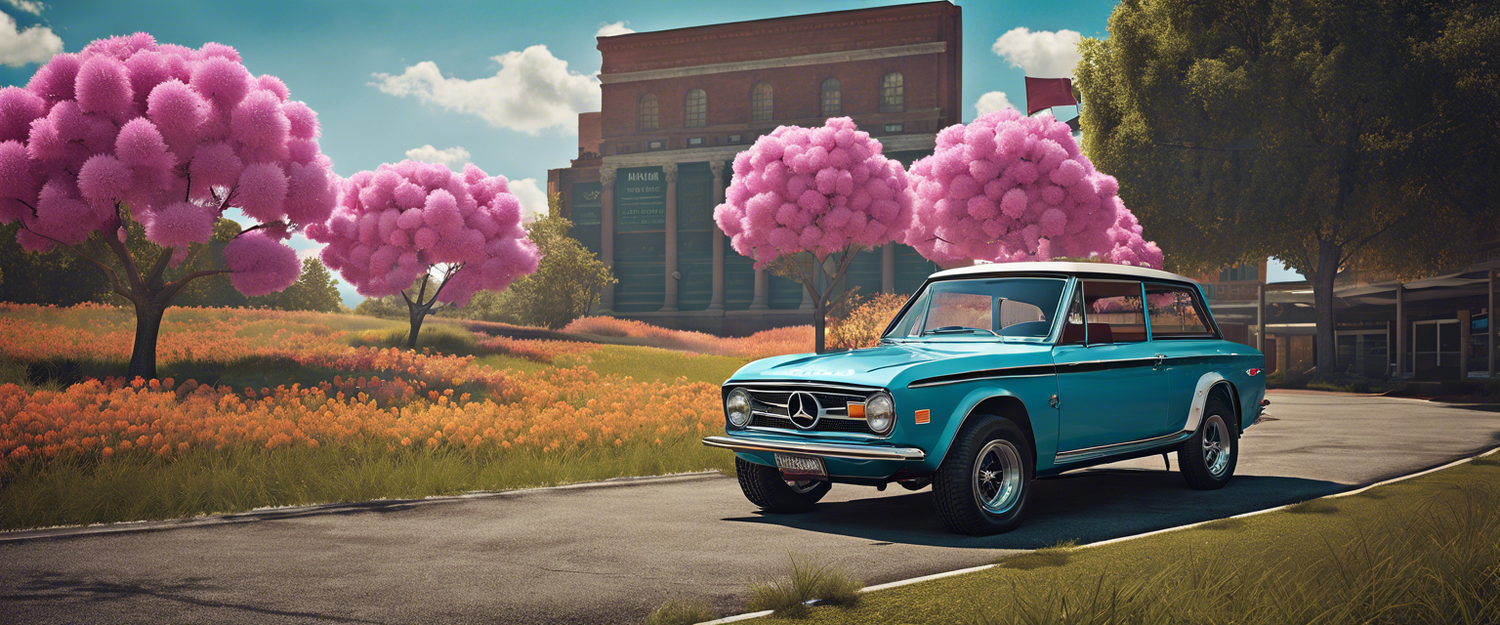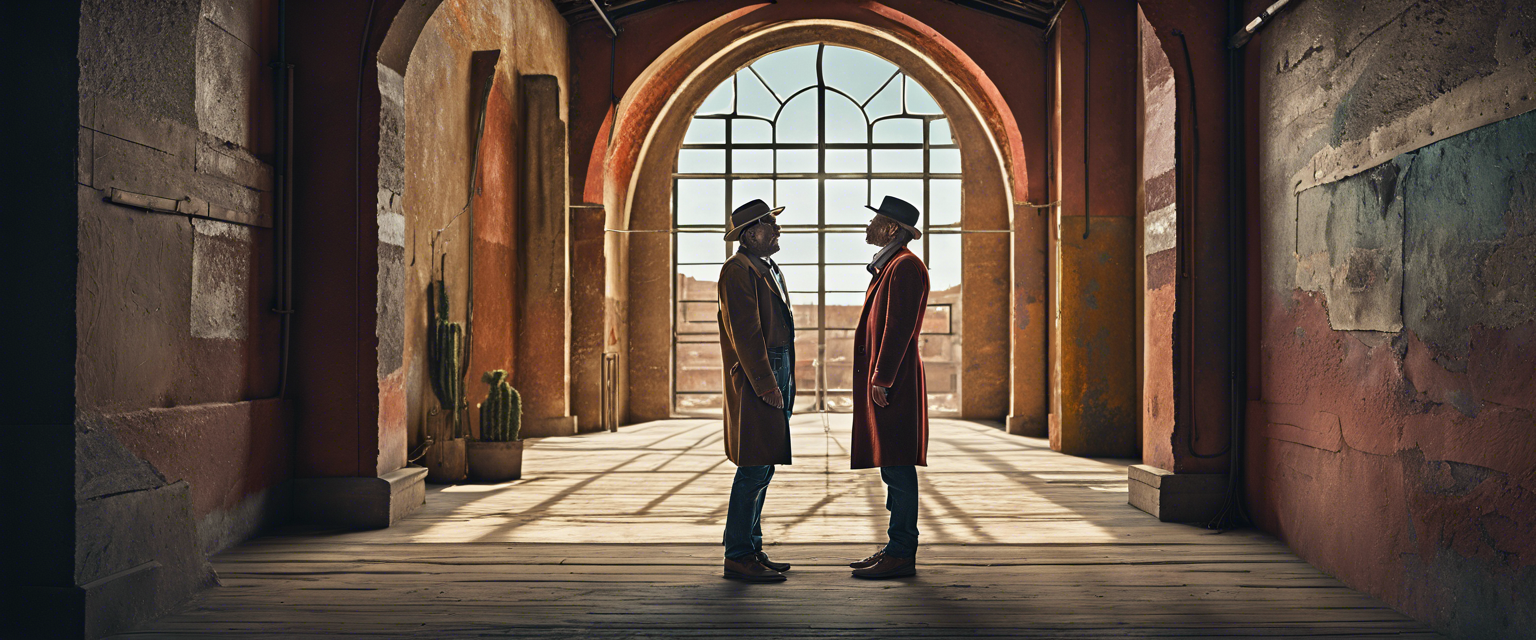Understanding Prompt Engineering in AI
Prompt engineering is a critical concept within the field of artificial intelligence, particularly in natural language processing (NLP). It involves crafting specific and clear descriptions of tasks that are embedded within input prompts for AI models. The way a prompt is structured can significantly influence the variation and quality of the outputs generated by different AI tools and models, such as those found in the Stable Diffusion family.
What Are Raw Prompts?
A raw prompt is the most elementary form of a query where users provide basic instructions for generation. While many beginners start with raw prompts, they often lead to random and chaotic outputs. For instance, generating an image of a "tiger on a skyscraper" using a raw prompt can yield images that are lackluster and resemble mere search results from Google.
Enhancing Prompts with Style
Integrating style into prompts is vital for obtaining better-focused and aesthetically appealing images. If the AI is not told a specific style, it often reverts to the most familiar style based on previous data it has encountered. Here are some popular styles you can include in your prompts:
- Realistic
- Oil Painting
- Pencil Drawing
- Concept Art
- Digital Art
- Cartoon
- Anime
- Manga
- Sketch
- Watercolor
- Abstract
- Surrealism
- Pop Art
- Futurism
For example, specifying "Tiger as a pencil drawing" can greatly enhance the visual output.
Techniques for Realistic Imagery
Generating realistic images can be achieved using specific techniques in your prompts:
- "Photo of + raw prompt"
- "Photograph of + raw prompt"
- "Raw prompt, hyperrealistic"
- "Raw prompt, realistic"
If you wish to depict an oil painting, simply add "an oil painting of" to your prompt. If the results show an image in a frame, you may run the prompt again or adjust it accordingly. For a pencil drawing, phrases like "a pencil drawing of" are effective.
Incorporating Artist Styles
To refine the style further, consider integrating the names of famous artists into your prompts. This not only adds specificity but also broadens your creative scope. Here are some renowned artists categorized by their styles:
- Portrait: John Singer Sargent, Edgar Degas, Paul Cezanne, Jan van Eyck
- Oil Painting: Leonardo Da Vinci, Vincent Van Gogh, Johannes Vermeer, Rembrandt
- Pencil/Pen Drawing: Albrecht Durer, Leonardo da Vinci, Michelangelo, Jean-Auguste-Dominique Ingres
- Landscape Art: Thomas Moran, Claude Monet, Alfred Bierstadt, Frederic Edwin Church
For example, you can say, "Tiger oil painting made by Pablo Picasso" to attain a distinctive artistic flair.
Adding Finishing Touches to Your Prompts
There are multiple phrases you can append to your prompts to hone in on your desired results:
- "Trending on ArtStation" for a more artistic rendering
- "Unreal Engine" for enhanced lighting effects
- "Highly detailed", "surrealism", "dark", "8k", "bokeh", and more for various visual styles
Simply experimenting with these can yield exciting results.
Resources for Sample Creation
For generating prompts, you can explore the Stable Diffusion model and search art using prompts on Lexica.
Final Thoughts
Prompt engineering plays a pivotal role in effectively harnessing AI capabilities to produce desired creative outputs. Through understanding raw prompts, enhancing them with styles and techniques, and experimenting with various artist influences, creators can unlock new avenues of artistic expression.



发表评论
所有评论在发布前都会经过审核。
此站点受 hCaptcha 保护,并且 hCaptcha 隐私政策和服务条款适用。